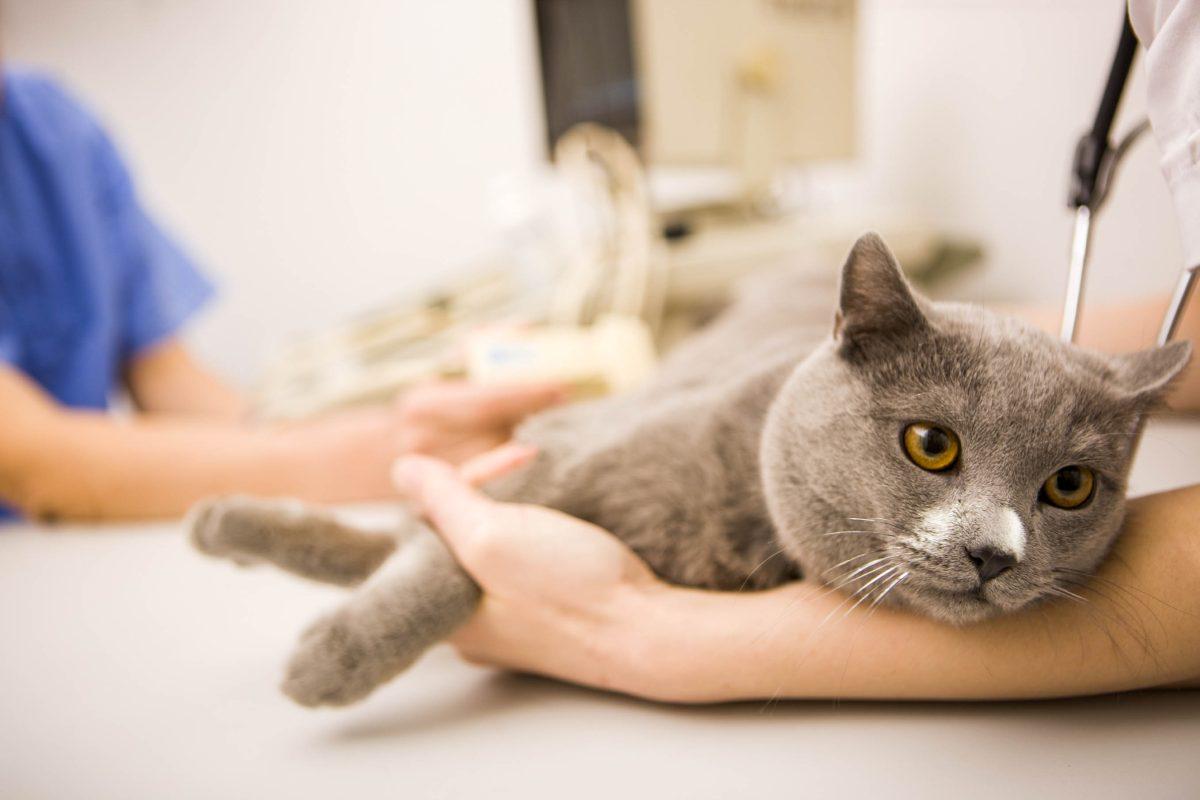Feline leukemia virus, or FeLV, is one of the most infectious diseases found in cats worldwide.
Unfortunately, there is not a cure for FeLV yet, but recent vaccination campaigns have been effective in reducing the spread of FeLV and can reduce a cat’s risk of contracting the preventable disease.
Transmitted through close contact with other cats, FeLV is easily spread, making social cats especially vulnerable.
Dr. Lori Teller, an associate professor in the Texas A&M College of Veterinary Medicine & Biomedical Sciences, said FeLV is caused by a virus only contagious for cats.
“The virus suppresses the immune system,” Teller said. “It makes the cats more susceptible to other infections….and can make them more susceptible to certain kinds of cancer such as lymphoma and leukemia.”
In addition to causing cancer, FeLV puts infected cats at risk of developing various blood disorders. With the onset of a testing and vaccination program, Teller said FeLV cases have decreased significantly.
“Before the vaccine, it was extremely common, especially in at-risk or outdoor cats,” Teller said. “The vaccine blocks the virus from being able to invade the cat’s system.”
Dr. Debra Zora, professor of medicine in A&M’s College of Veterinary Medicine & Biomedical Sciences, said FeLV can cause a wide variety of symptoms so diagnosing it is an obstacle.
“The bottom line is that there are no signs that are specific only to feline leukemia virus infection,” Zoran said. “The signs that most people see are the result of the virus’ impact on the cat’s lymph cells or bone marrow.”
Some infected cats will appear healthy, while others may develop symptoms such as fever, poor appetite and overall weakness. Additionally, if an infected cat does not have physical symptoms, it is still able to transmit the virus to other cats.
Dr. Brad Bennett, lecturer in the College of Veterinary Medicine & Biomedical Sciences, said since cats can be asymptomatic, routine vaccinations and testing are recommended.
“The problem is this virus manifests itself in so many different ways,” Bennett said.
Restricting environmental exposure and vaccinations are the top two ways to prevent the virus, Bennett said. A cat that is positive for FeLV should be kept indoors to avoid contracting a secondary infection or any injury to their weakened system. This will also limit spread to other cats, who can be infected by grooming, biting or sharing food, water and litter containers.
Teller said a positive diagnosis for FeLV does not always prove fatal for all cats. Although cats can die from the virus, alternatively, many live several years after a positive diagnosis.
“A lot of cats can have feline leukemia and go on and live a normal lifespan,” Teller said.
To learn more about FeLV, contact your local veterinarian or visit, click here.
Feline leukemia virus — a feline epidemic
November 5, 2020
Photo by Courtesy
Texas A&M researchers promote vaccines as a way to combat feline leukemia virus (FeLV).
0
Donate to The Battalion
$410
$2500
Contributed
Our Goal
Your donation will support the student journalists of Texas A&M University - College Station. Your contribution will allow us to purchase equipment and cover our annual website hosting costs, in addition to paying freelance staffers for their work, travel costs for coverage and more!
More to Discover










